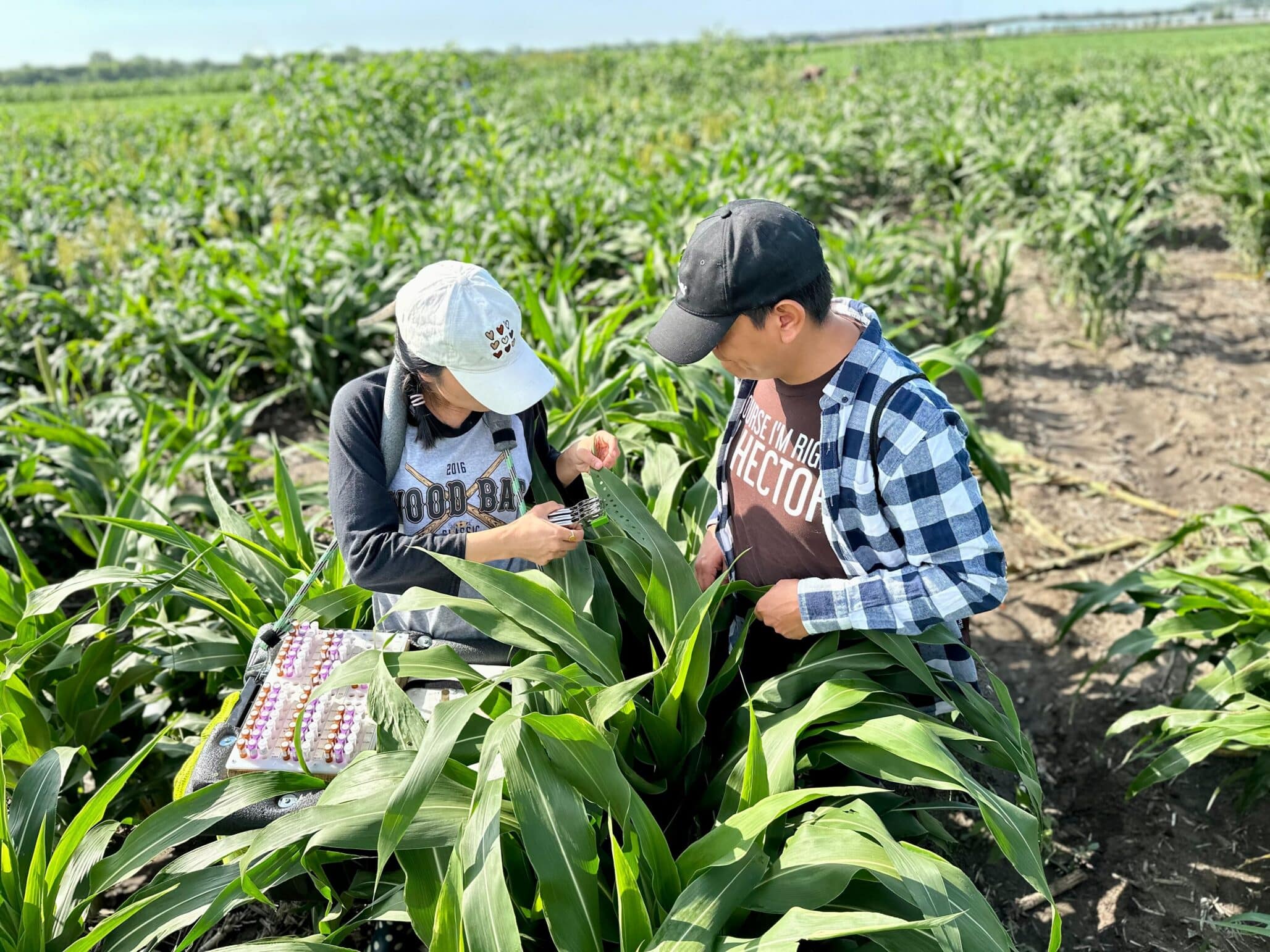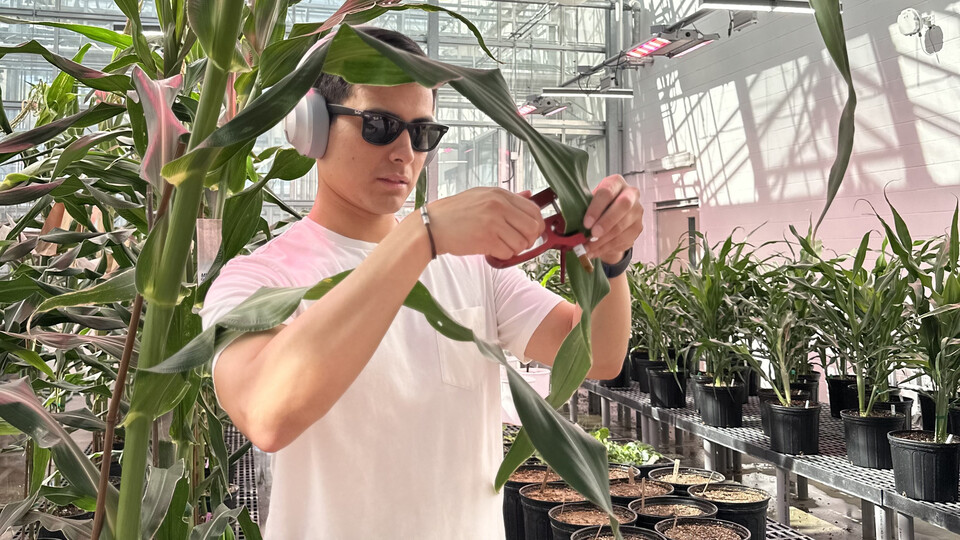University of Nebraska researchers using RNA sequencing for rapid hybrid development.
When it comes to agricultural innovation and seed development, a plant scientist at the University of Nebraska-Lincoln is turning heads.
James Schnable, a plant breeding and genetics professor for the UN Department of Agronomy and Horticulture, is conducting research funded by the U.S. Department of Energy. His work focuses on using plant RNA or gene expression to predict differences between corn plants. This unique approach to evaluating corn hybrid performance in varying environmental conditions has the potential to streamline the development of not just corn, but other crop hybrids, drastically changing how hybrids are developed.
Faster, Smarter, More Adaptable Hybrids
Currently, scientists develop corn hybrids using a combination of in field tests and analyzing plant DNA to predict performance. While this method has been very effective in developing the latest corn varieties, it does take time. First, thousands and thousands of genetically identical seeds must be developed for any new potential hybrid. That seed then needs to be tested in a variety of environments and field conditions to determine how the hybrid will perform as a unit. The whole process can take seven to 10 years to develop one hybrid.
“What we are seeing today is both growing conditions and regulations are changing rapidly,” Schnable says. “Growing seasons are getting longer, rainfall is becoming less predictable, nitrogen fertilizer is getting more expensive, and changes in EPA regulation are changing how we can control weeds. So the environment of a Nebraska, Iowa or Minnesota farmer’s field in 2030 will be different than 2024.”
Analyzing plant’s DNA reveals what traits are available to the corn plant, but it does not reveal to what extent those traits are expressed. It is the RNA that is responsible for expression of the genes that are present in the DNA.
Schnable and his team are looking at the RNA expression of genes in corn hybrids that are grown in various locations across the country.
“Understanding which genes are expressed by the same corn hybrids in different environmental conditions allows us to make more informed decisions,” Schnable explains. “By focusing on RNA, we can get a clearer picture of how plant’s respond to dynamic changes in their environment.”
While DNA provides the blueprint, RNA serves as the intermediary that translates this blueprint into action. Unlike DNA, which never changes, RNA changes rapidly in the cell based on the conditions and what the plant needs at a given time which creates challenges when trying to measure RNA across hundreds or thousands of corn plants. Schnable’s team works to collect all the RNA samples from individual experiments, sometimes as many as 2,500, in less than two hours.













